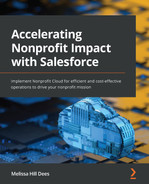Chapter 7: Is Change Difficult for an Organization?
The most difficult part of creating something new is often not the technology itself but creating an atmosphere that will welcome change. You may be asking why we are not jumping right into studying the installation, implementation, and configuration of all the great building blocks in Nonprofit Cloud. The fact that the certification weights the consultant work so heavily should give you a hint. Years of hands-on experience validate that setting the scene for success before we begin is critical.
In this chapter, we're going to address use cases and overviews for the following areas:
- Organizational alignment and change management
- Governance basics and centers of excellence (COEs)
- User adoption and metrics for success
In this chapter, we will learn to assist an organization with change management and create organizational alignment on the goals of implementing Nonprofit Cloud, examining how decisions will be made for Nonprofit Cloud and the overall Salesforce instance. We will also learn to assist with user adoption, as well as help establish metrics for the success of the implementation.
Organizational alignment and change management
During 2020 and 2021, the pandemic created vast amounts of change. The pandemic was an outside influence that exerted immense amounts of pressure on people and organizations to change—the way they worked, did business, entertained themselves, and more. At its worst, change can be painful and, at its best, it can be uncomfortable. Most organizations are willing to limp along with a system that is painful to use because they are familiar with it. If an organization has decided to implement something new, such as Nonprofit Cloud, the consultant has the unique opportunity to help make the transition less painful and more helpful.
Sometimes, change management can feel like pushing a boulder up a hill, as depicted here:
We'll now look at some best practices for managing change by aligning the organization's goals for successfully implementing Nonprofit Cloud.
Organizational alignment
First things first: how do you get a group of people aligned around what their goals and strategies are for a project? Nonprofits have worthwhile goals in mind when they begin. The goal might be to feed hungry children or provide support for people with leukemia or help families become homeowners. Organizational alignment means planning how the organization reaches that goal together as a team.
Nonprofit Dreamin case study
For Nonprofit Dreamin (https://nonprofitdreamin.org/), the goal was to present an online event for the folks in the Salesforce Nonprofit Cloud ecosystem. That sounds like a simple enough goal. However, when there are 24+ diverse members of the founding team, it takes a bit of alignment to establish direction and priorities. The answer was the Salesforce V2MOM. The Nonprofit Dreamin team worked through the V2MOM pack (https://developer.salesforce.com/files/V2MOMPack.zip) during three different team meetings that lasted about 45-60 minutes each. Here are the correlated pieces of the Nonprofit Dreamin V2MOM and what each part of the V2MOM stands for:
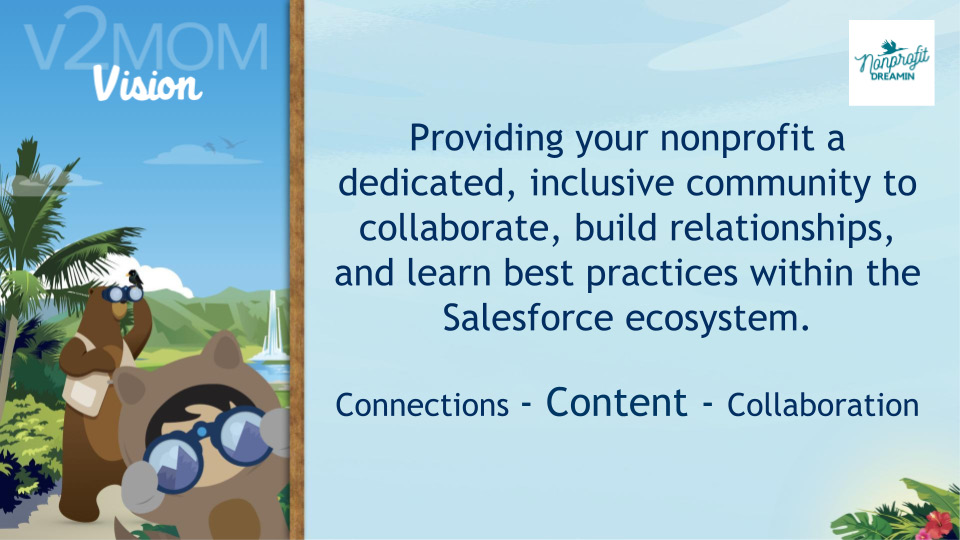
Figure 7.1 – Nonprofit Dreamin V2MOM: Vision
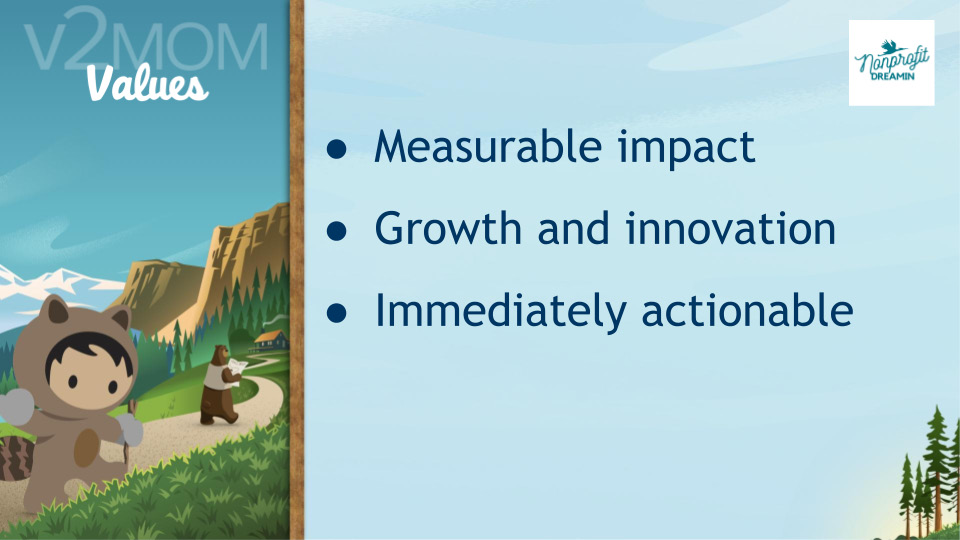
Figure 7.2 – Nonprofit Dreamin V2MOM: Values
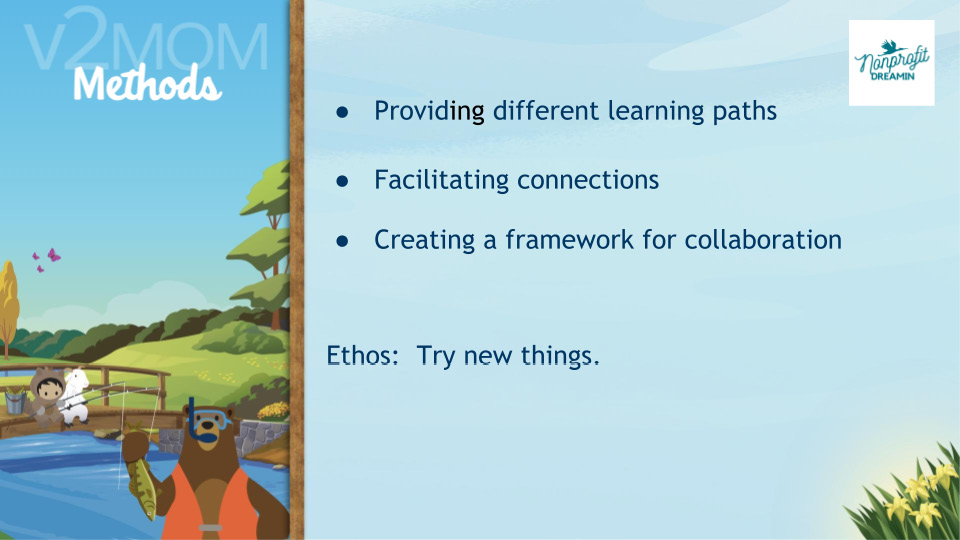
Figure 7.3 – Nonprofit Dreamin V2MOM: Methods
- Obstacles: Challenges, concerns, and issues you need to overcome to achieve your vision, as illustrated here:
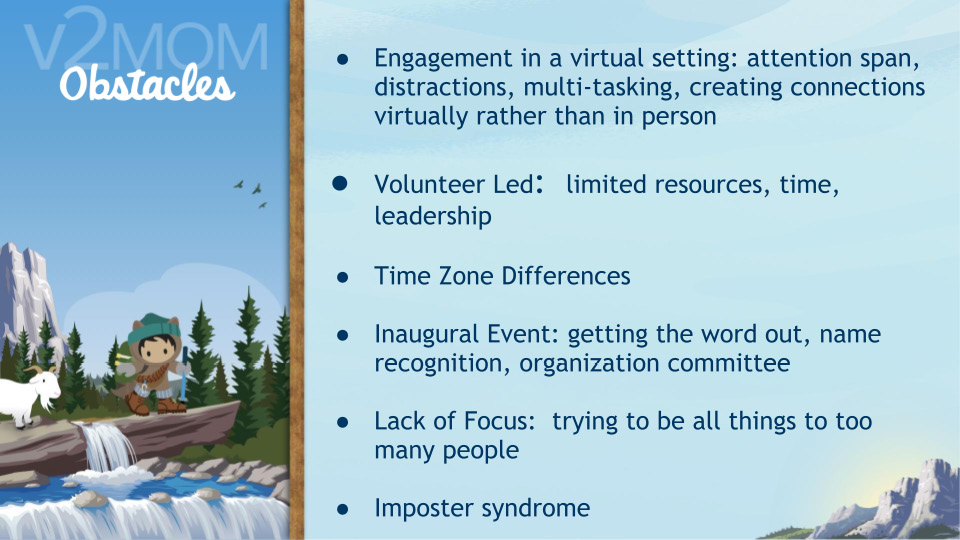
Figure 7.4 – Nonprofit Dreamin V2MOM: Obstacles
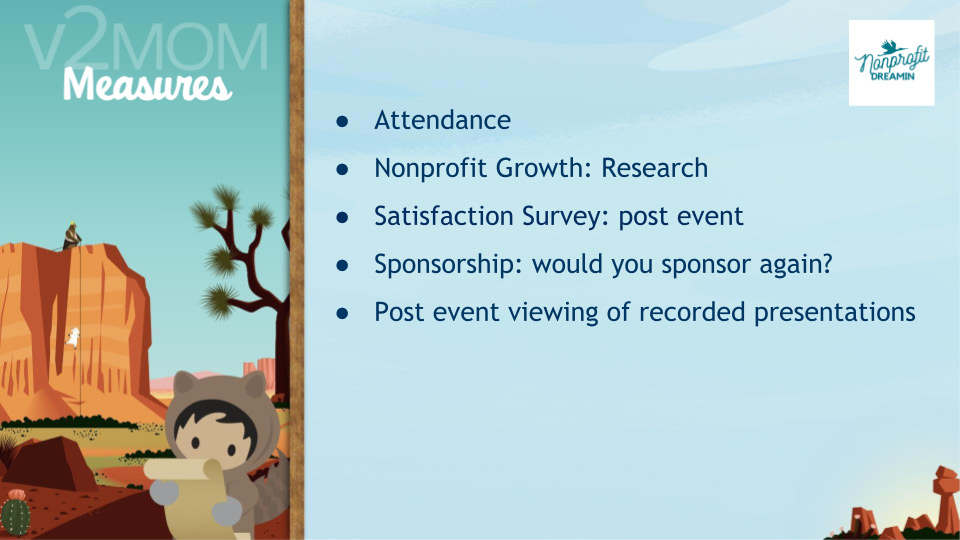
Figure 7.5 – Nonprofit Dreamin V2MOM: Measures
Once the Nonprofit Dreamin team created and agreed upon the V2MOM, every decision was weighed, and every priority was set against the vision, values, and methods as outlined.
Managing change
Once the V2MOM has been agreed upon and is in place, change management becomes a much simpler process. The V2MOM is an iterative and Agile document. It can inform a single project or be a part of a larger V2MOM for the entire organization. It also establishes a framework for managing the change that will be initiated by a V2MOM. Everything involved in managing change revolves around helping people transition through the changes. Kotter's Eight Steps is one way to address change.
Kotter's Eight Steps
In 2007, John Kotter, a professor at Harvard Business School, introduced the following eight steps for leading change, which Salesforce recommends as a tool for managing organizational change:
- Establish a sense of urgency: This includes the timelines and milestones that are laid out in an implementation plan.
- Form a powerful guiding coalition: More about this in the User adoption and metrics for success section later in this chapter, including champions and early adopters.
- Create a vision: This step correlates with the first part of the V2MOM—the Vision statement.
- Communicate the vision: Be transparent with the V2MOM; share it with everyone.
- Empower others to act on the vision: Expect feedback when the V2MOM is transparent; create a sense of community around the V2MOM.
- Plan for and create short-term wins: Celebrate milestones as they are reached and be transparent about progress toward the measures.
- Build on the change: As mentioned in Step 6, celebrate milestones; however, be sure to take time to assess the good, the bad, and the ugly related to those milestones and what improvements can be made.
- Institutionalize new approaches: Update the organization V2MOM appropriately to incorporate new thinking, and consider governance and a COE, as explained in the next section.
Change is always difficult, even when it is change for the better. The V2MOM exercise outlined in the Nonprofit Dreamin case study section is an excellent way to work with an organization to ensure everyone on the team is aligned and heading in the same direction. Kotter's Eight Steps help to maintain focus and alignment as changes are implemented so that iteration does not alter the agreed-upon priorities. Additional tools are presented in terms of more granular management in Chapter 8, Requirements – User Stories – Business Processes – What Is Your Organization Trying to Achieve?.
Governance basics and COEs
Preparing for success requires organizational alignment, common goals, and good change management. What does maintaining that success look like? Salesforce suggests a framework of governance and encourages a COE for nonprofits.
Governance for Salesforce Nonprofit Cloud
Technology changes with the speed of light (or lightning may be a more appropriate term in a Salesforce study). There are new products and there are products that are no longer supported. Technology has new releases and deprecates functionality. How is a nonprofit supposed to keep up, and how is a nonprofit's technology maintained without immense technical debt? Governance frameworks for any technology system strive to help meet compliance issues, assess and manage risks, improve return on investment (ROI) and efficiencies, and prioritize new initiatives.
Without a governance framework, a nonprofit may lack a technology vision or strategy; that lack can lead to misalignment going forward, as well as duplication of efforts. As already discussed, without alignment, implementation can be devastating, and users may refuse to adopt new processes. Identifying the stakeholders is a critical precursor to a governance framework. Establishing their roles (for example, information technology (IT), business units (BUs), and end users) and responsibilities can go a long way toward maintaining the hard-won success of the alignment process. The lean governance framework that Salesforce recommends consists of five distinct processes, as depicted in the following diagram:
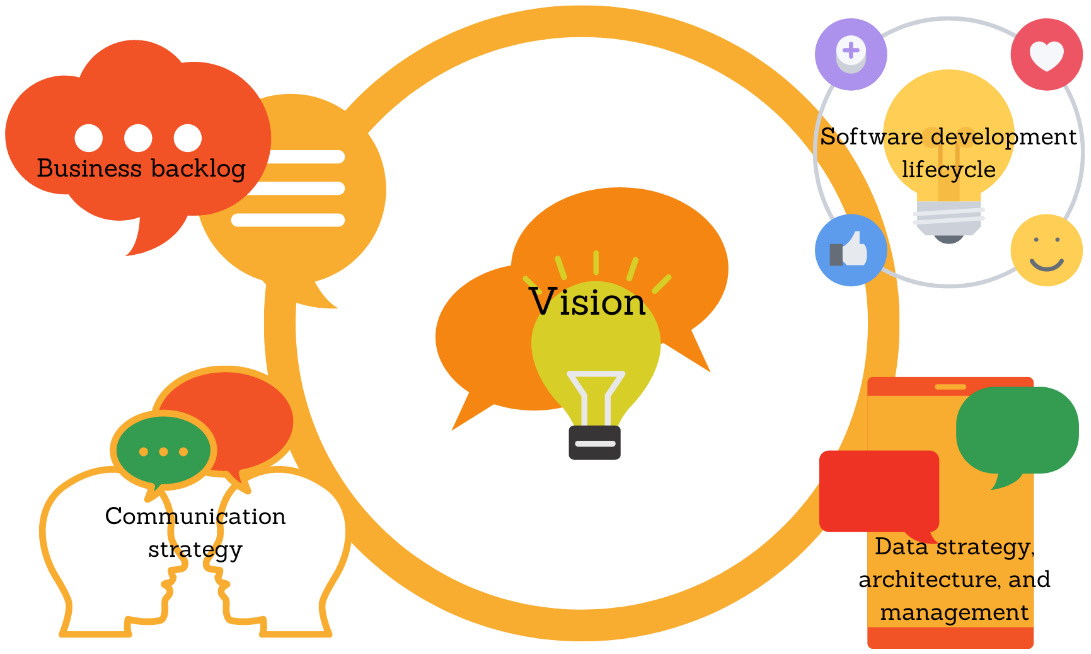
Figure 7.6 – Visual representation of an Agile governance framework
We'll now look at these processes in more detail.
Vision and strategy
Does this sound like an old, familiar tune? Vision and strategy are what align everyone on the same path working toward a common goal.
Business backlog
Business backlog sounds like a complicated term; however, as a consultant, you may relate to it more closely to requirements. Usually, a customer has a long list of "wants" that will require prioritizing to implement over time. How that happens is governed by the business backlog.
Software development life cycle
For a smaller organization, this may seem to be overkill. However, as the organization grows and new technology is added, already having a system in place to handle releases, migrations, and more is highly desirable.
Data strategy, architecture, and management
Every organization needs guidelines on data, particularly to meet compliance directives such as personally identifiable information (PII) or the General Data Protection Regulation (GDPR), and for archiving, deleting, and merging data, creating new data via custom fields and/or objects, and when and how all of this is done.
Communication strategy
Effective communication is the single most critical piece of any implementation and/or technology governance framework. Assure transparency and that direct communication is valuable rather than a worn-out "all is well" message.
With the building blocks of governance in place, the next stage is a COE.
What is a COE?
Nonprofits are notorious for siloing data and information within an organization. A simple way to think of a COE is as a committee with a representative from each program sitting at a table. The more formal definition of a COE states that a COE drives organizations to identify, prioritize, execute, and communicate while optimally leveraging people, processes, knowledge, and technology, and at the same time ensuring high value for all users and meeting overall organizational goals. A breakout of these groups might look like this:
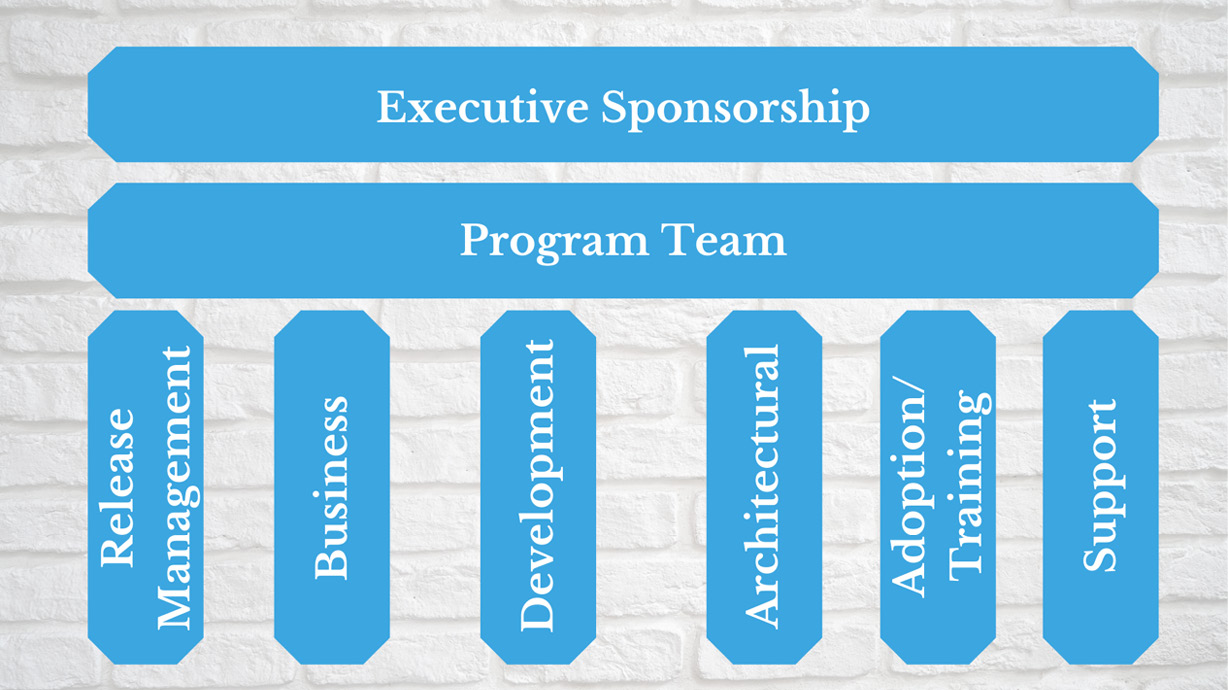
Figure 7.7 – Sample COE structure with a formal governance council
A COE can be small and informal to start and grow with the organization. Starting somewhere is the key. Nonprofit Dreamin utilized the organizing committee as the governance council; however, the team lacked clear lines of communication for governance. In its iterative process, the Nonprofit Dreamin team made a better governance structure a priority for the next year.
User adoption and metrics for success
User adoption is one of the best metrics for the success of a Nonprofit Cloud implementation project, but how do you get users to adopt something new and different? How do you encourage the users from the very beginning of the implementation? What will you measure as a benchmark to user adoption and success? Let's break this down.
Encouraging user adoption
The most important aspects of encouraging user technology adoption are people. Several key people need to be on board to ensure a successful implementation. Let's identify these important roles next.
Executive sponsor
An executive sponsor does not need to be the instigator of a project; however, they do need to be a champion of the project and be willing to go to bat for the team at executive levels. As an executive, they can help assemble the appropriate resources for the project, involve other key stakeholders, share a vision, rally the team, provide incentives, and support celebrations.
Champions
Champions are not necessarily the standard stakeholders. Champions may be those who just really like technology or are cultural leaders in the nonprofit. Champions can come from many areas and may even be volunteers. The most important characteristic in a champion is that they are excited about the benefits of the new technology and will help communicate that excitement to the rest of the organization.
Early adopters
Getting the right feedback is also important to the project. Early adopters are a great source of information and advocacy. Early adopters are those people who like to be the first to use new technology, test it out, and share their opinion and experience. Again, these folks come from a variety of sources.
Users
Don't forget to survey, observe, and include the actual users for the implementation. While executive sponsors may think they understand the work, the humans who will use the system provide the most critical feedback; they are the success of the project. We'll go into much more detail on testing in Chapter 14, Testing and Deployment Strategies, but don't forget that up to 80% of users today are on mobile as opposed to desktop or laptop, as depicted in the following screenshot. What they see or do in one as opposed to the other can drastically change the satisfaction level:
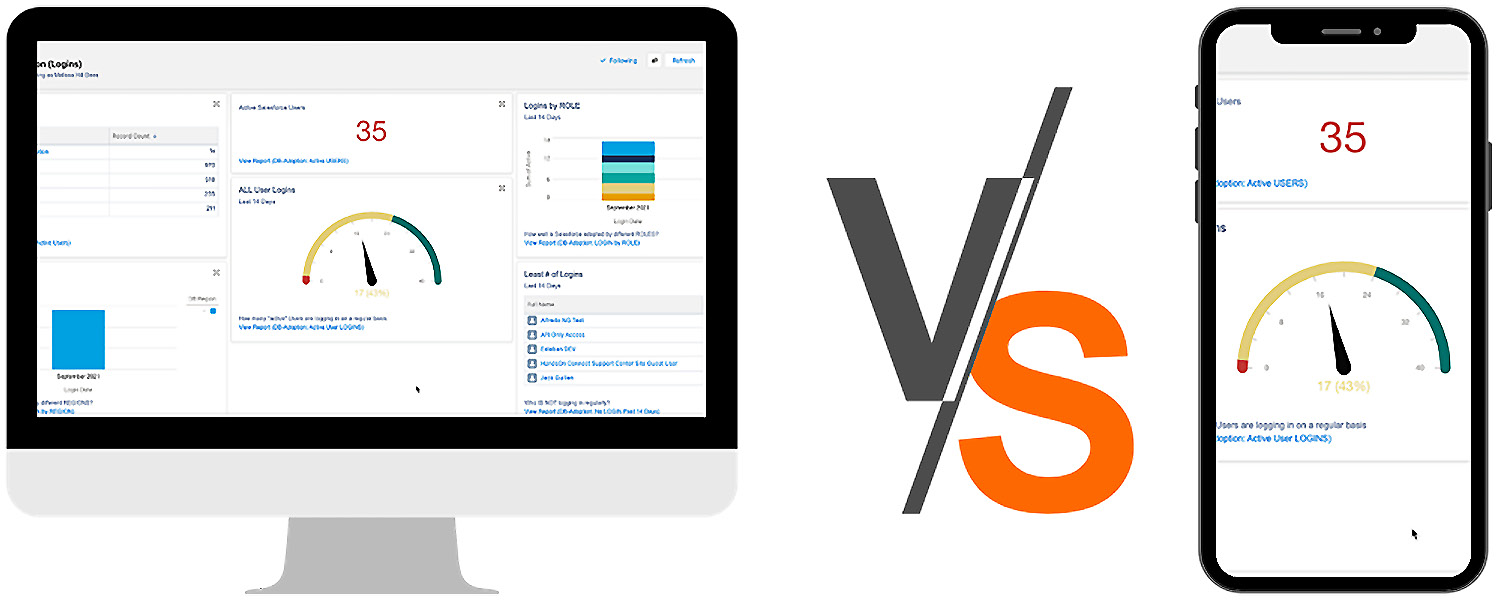
Figure 7.8 – As part of user surveys, don't forget that 80% of users work from mobile rather than desktop; this is an example of key testing criteria for user adoption
Add the critical transparency and communication necessary. Mix well. Follow the prescribed Agile methods of continuous testing and improvement. Keep it all hot during the implementation. And voilà! Successful user adoption.
How to measure user adoption
Before we talk about metrics for success, be sure to know that you can indeed measure user adoption of Salesforce. Salesforce Labs has created a free app called Salesforce Adoption Dashboards for this very purpose; it can be accessed at https://appexchange.salesforce.com/listingDetail?listingId=a0N30000004gHhLEAU. When creating your measures for success, consider the specific metrics you want to track for user adoption.
Creating the appropriate reports, based on your measures for success, allows you to create a dashboard similar to what you see here. This is a quick and easy way to track user login history and trending, which key features are being utilized, and more. Here is an example of how the User Adoption dashboard might look in a Salesforce instance:
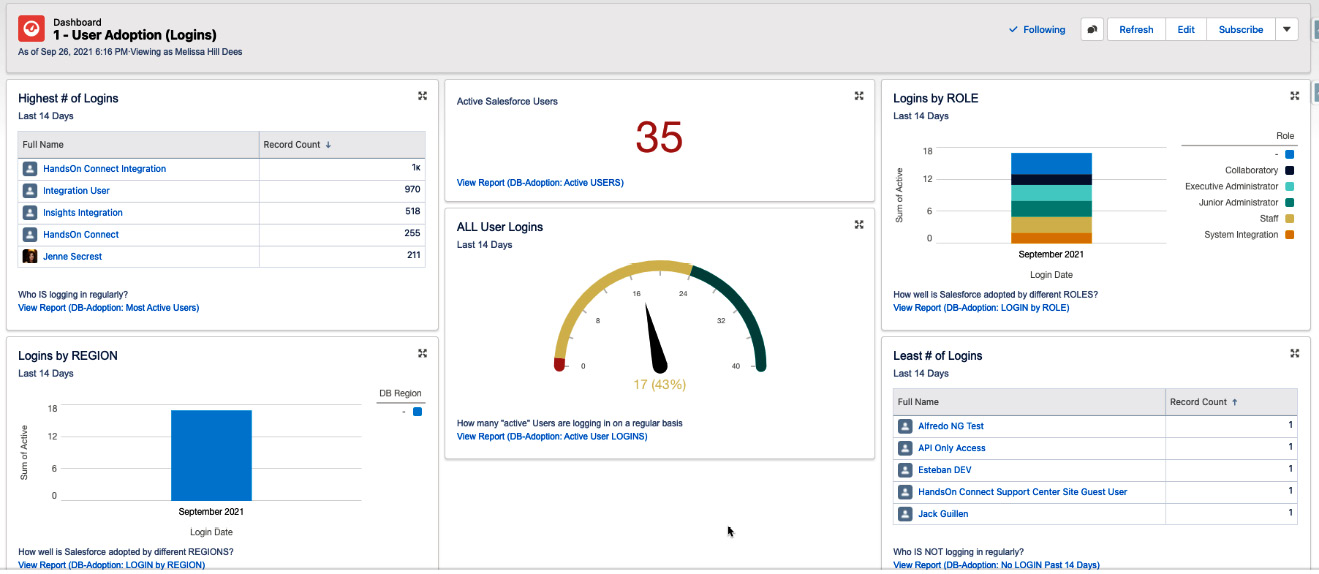
Figure 7.9 – Sample dashboard for measuring user adoption
Note
Some users log in very infrequently. If they are not using the system, you need to know why. Perhaps they do not need a login to do their work, or perhaps they are not doing their work in the system.
Metrics for success
If a lot of this chapter seems redundant, that's because it is. We began by discussing organizational alignment and a tool called the V2MOM. Vision and strategy have been addressed several times in this chapter. How do you know that you have successfully achieved the vision the organization has?
Nonprofit Dreamin, in the initial use case at the beginning of this chapter, used SMART metrics to create its measures in the V2MOM.
SMART is an acronym that is outlined here:
- S: Specific. Clearly define your focus and what you're going to do.
- M: Measurable. Quantify an indicator of progress, such as percentages, numbers, targets.
- A: Achievable. Set the bar high yet make it achievable.
- R: Relevant. Ensure that the measure supports the organizations and the project's V2MOM measures.
- T: Timely. Set a specific and reasonable time frame for completion.
These were the original SMART goals defined by Nonprofit Dreamin:
- Attendance: 500
- Nonprofit growth: 25% survey response rate
- Satisfaction survey: 50 net promoter score (NPS)
- Sponsorship: 50%
- Post-event viewing: 30 average views per session
The following screenshot shows the actual outcomes of the Nonprofit Dreamin event based on the success metrics the V2MOM outlined:
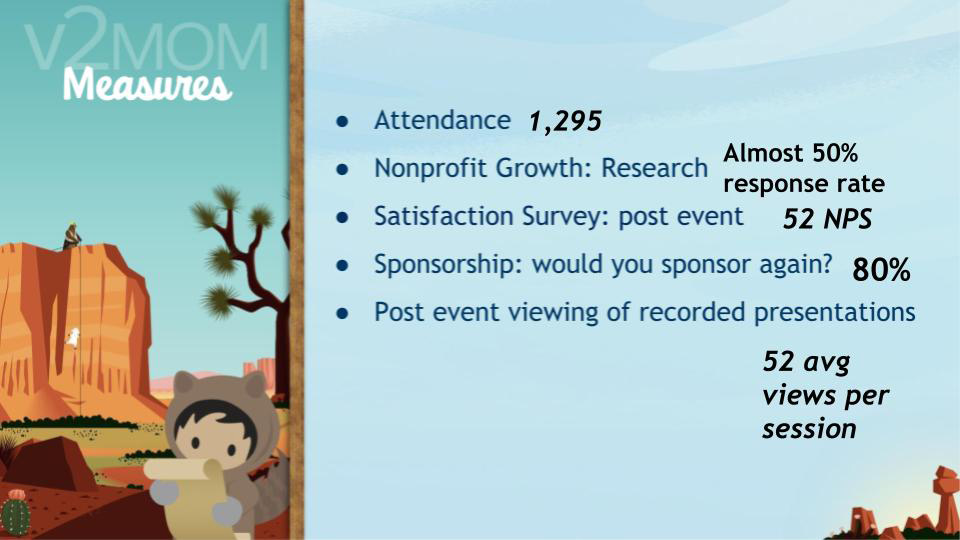
Figure 7.10 – Nonprofit Dreamin V2MOM measures with outcomes listed
At the end of the event, Nonprofit Dreamin met every measure of success.
Consultants can use this same tool, whether it is for a small project or for a large implementation, to gain alignment and set expectations. With SMART measures established, the organization and/or project team can measure and celebrate progress and a job well done for anything from project implementation to the success of an organization's overall goal.
Summary
As a Nonprofit Cloud consultant, this may be the most important chapter to read for actual implementation. This chapter also covers a wealth of information that is critical to the Nonprofit Cloud Consultant Certification exam. Here is a quick recap of our discussion so far.
Organizational alignment and change management are tools that cannot be overlooked. Without the stakeholders being in alignment as to the goals of even a simple project, the hope for success is slim. Understanding an easy-to-use tool such as Salesforce's V2MOM can make goal setting and alignment a much easier process. Preparing for success helps ensure success, as do managing change via Kotter's Eight Steps and understanding that a process can be a part of any implementation project.
Governance and COEs are natural progressions of organizational alignment and change management. In this section, we discussed the importance of a governance framework concerning compliance, strategy, efficiencies, risks, and new initiatives. A COE creates a more formal governance strategy, but it can start small and grow as the organization grows.
The last section explored user adoption and metrics for success. You learned how to accomplish user adoption via executive sponsors, champions, and early adopters, and how to measure user adoption using available reports and dashboards in Salesforce. Metrics for success should be SMART and established before the project begins to measure progress and success.
You are off to a great start in Implementation Strategies and Best Practices, 21% of the Nonprofit Cloud Consultant Certification exam.
In Chapter 8, Requirements – User Stories – Business Processes – What Is Your Organization Trying to Achieve?, we will expand the learning of implementation strategies and best practices around requirements, user stories, and business processes.
Further reading
- Drucker School—Organization Change Leadership: https://trailhead.salesforce.com/content/learn/modules/drucker_org_change_leadership?trailmix_creator_id=jfrichter&trailmix_slug=nonprofit-cloud-consultants
- Drucker School Management Essentials program: https://www.cgu.edu/academics/program/salesforce/resources/
- Create Strategic Company Alignment With a V2MOM: https://www.salesforce.com/blog/how-to-create-alignment-within-your-company/
- Why do I Need a Center of Excellence, Anyway? https://www.salesforce.org/blog/need-center-excellence-anyway/
- Leading Change: Why Transformation Efforts Fail: https://hbr.org/2007/01/leading-change-why-transformation-efforts-fail
- Governance Basics: https://trailhead.salesforce.com/content/learn/modules/governance-basics?trailmix_creator_id=sfdo&trailmix_slug=prepare-for-success
